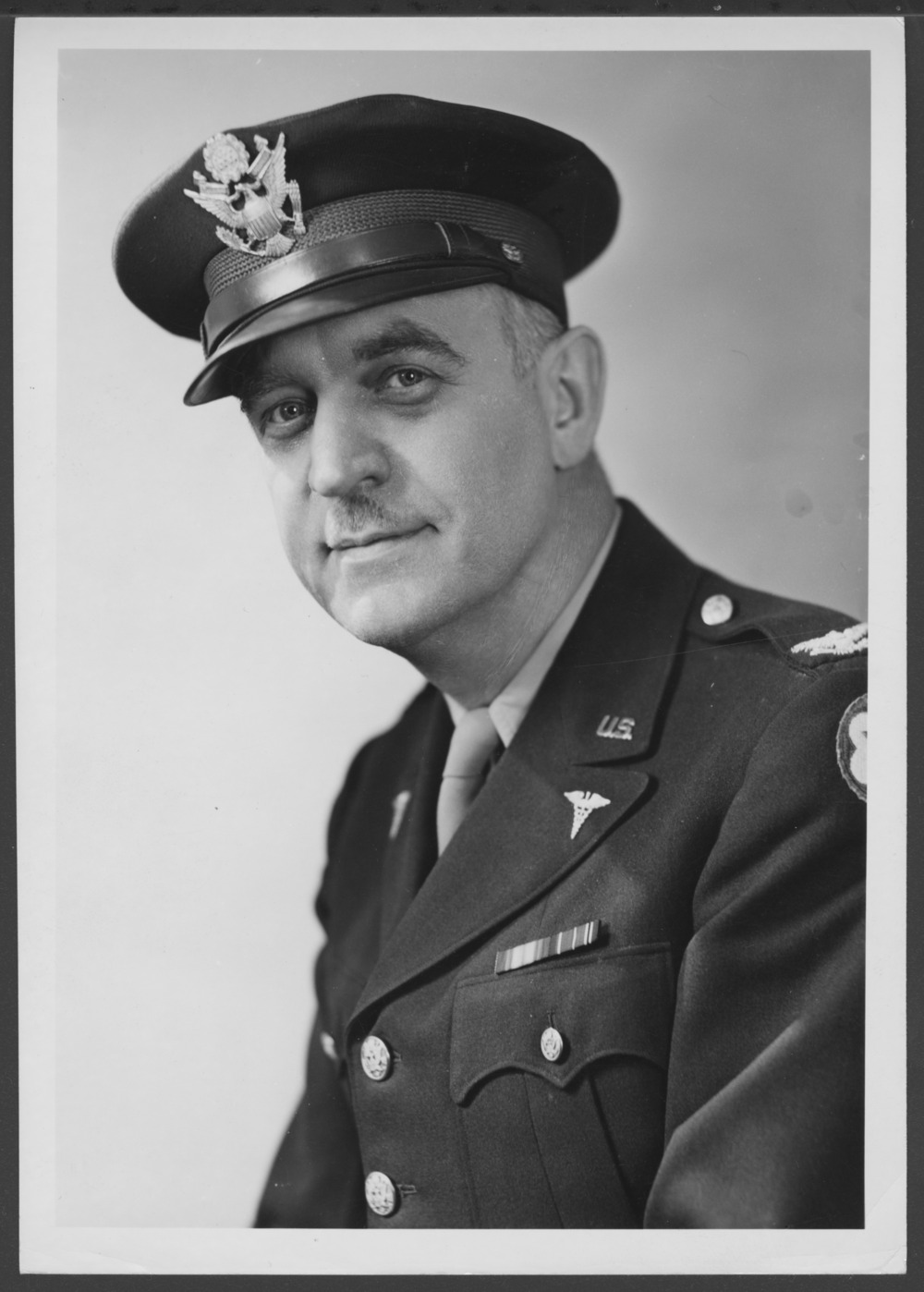“The war has brought to the attention of many Americans that the casualties of battle are not only those who have been physically wounded by shot or shell. In addition, there are those who are injured in mind or emotions. It is also being discovered by friends and relatives that these types of injury are often incurred far from combat, but those involved are nonetheless deserving and in need of treatment and understanding.”
-The Annals of the American Academy of Political and Social Science, May 1945
William C. Menninger was the director of Neuropsychiatry Consultants Division in the Office of the Surgeon General of the Army, Washington D.C. Menninger broke barriers in the war by studying veterans and post-traumatic stress disorder and mental illness caused by war.
“We must assume that much of the soldier’s life is lived under somewhat unpleasant circumstances; some it –combat–under extremely adverse conditions."
-The Annals of the American Academy of Political and Social Science, May 1945

